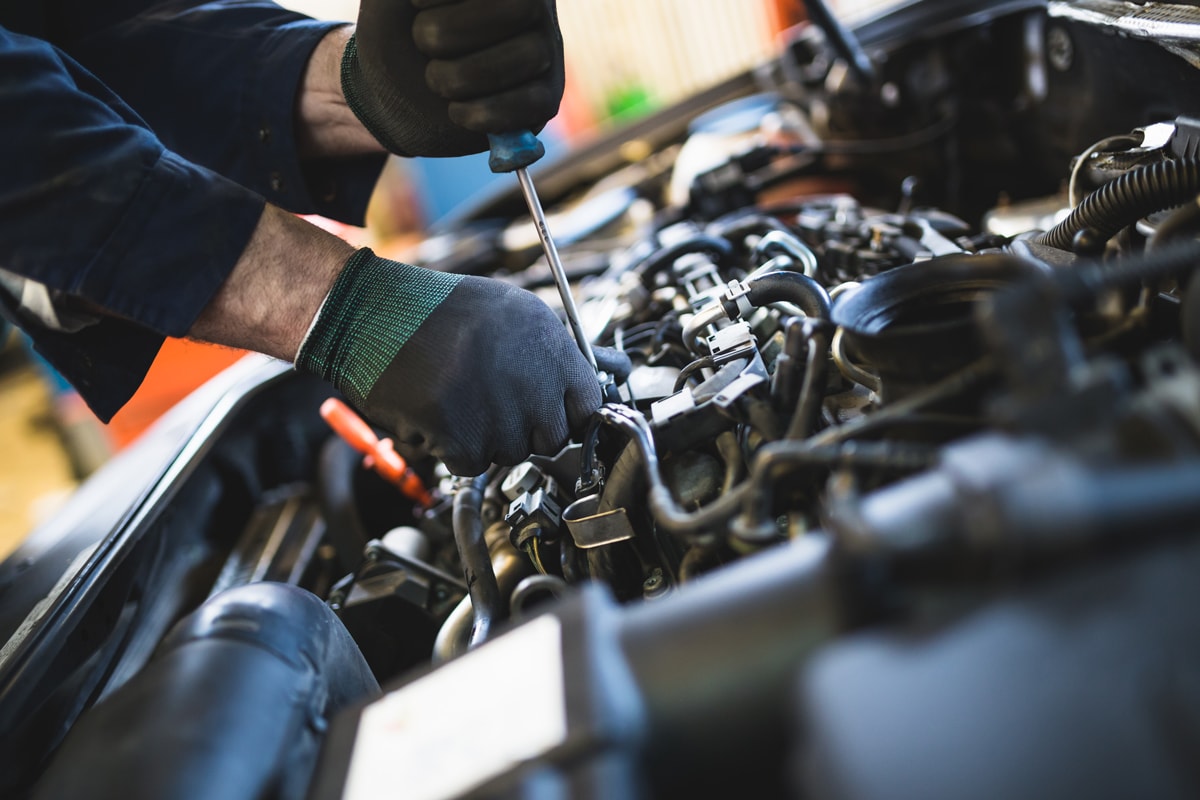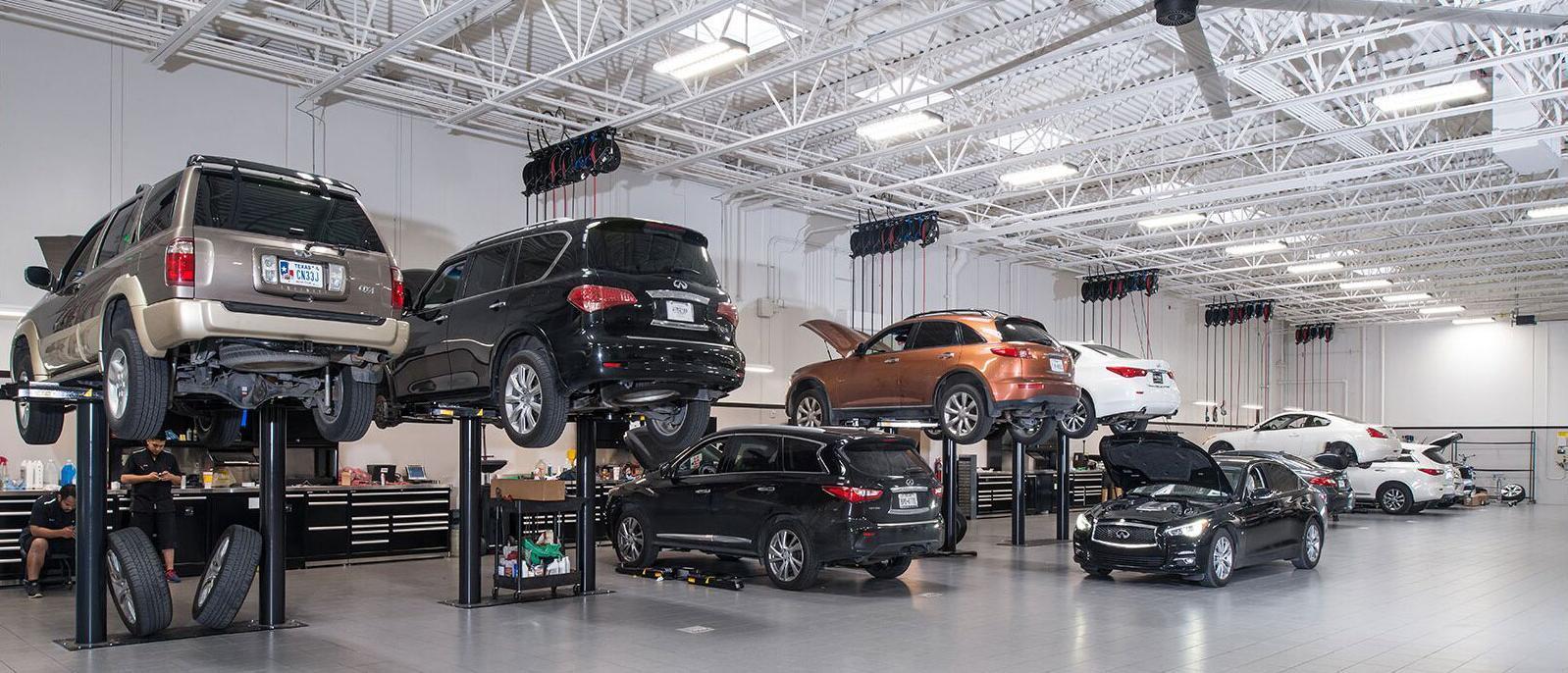All Categories
Featured

When it comes to lorry fixings or upgrades, one of one of the most important choices you'll deal with is whether to select Original Equipment Producer (OEM) components or aftermarket parts. Both alternatives use distinctive advantages and disadvantages, so comprehending the distinctions in between them is vital for making an informed choice. In this article, we'll explore the advantages and restrictions of OEM and aftermarket components to assist you determine which is best matched for your auto.
What Are OEM Parts? OEM parts are created by the exact same supplier that made the original elements in your car. These parts are designed to fulfill the precise requirements of your auto, ensuring they are a precise fit and provide the same efficiency as the components that featured the automobile when it was very first developed. OEM parts are commonly considered the "manufacturing facility criterion" due to the fact that they come straight from the vehicle's maker or a licensed provider.

One of the main advantages of utilizing OEM components is their assured high quality. Because these components are made to the same standards as the originals, they normally give a perfect fit and dependable performance. In addition, lots of OEM components feature a service warranty, giving you comfort that you'll be safeguarded in instance of flaws.
What Are Aftermarket Components? Aftermarket components are made by third-party suppliers that are not affiliated with your automobile's initial manufacturer. These components are designed to fit a broad range of vehicles and are normally cheaper than OEM parts. Aftermarket parts can be utilized for routine repair services or upgrades, and they commonly provide a more comprehensive variety of options contrasted to OEM parts.

In addition, aftermarket components might offer far better efficiency or extra functions not available in OEM alternatives. Aftermarket exhaust systems, brake pads, and suspension parts frequently use improvements in performance or visual appeals that may not be located in OEM components.
Advantages of OEM Parts. Precision and Compatibility: OEM parts are created particularly for your lorry's make and design, ensuring they fit completely and do to the exact specifications called for. Warranty Insurance Coverage: Numerous OEM parts come with service warranties, supplying coverage in situation of problems or premature failure. High quality Assurance: Since OEM parts are made by the original supplier, they undergo the exact same strenuous high quality control criteria as the components mounted in your lorry when it was initial constructed. Resale Worth: If you plan to sell your cars and truck, having OEM parts can assist preserve its resale value, as potential purchasers may be extra thinking about an automobile that has been repaired with original components. Advantages of Aftermarket Components. Cost Financial savings: Aftermarket components are usually more economical than OEM parts, which can be a considerable benefit if you get on a spending plan or intend to save cash on repair services. Variety and Modification: Aftermarket components offer a wider variety of choices, consisting of performance upgrades and visual enhancements. If you desire to increase horse power or boost your auto's appearance, aftermarket alternatives can use one-of-a-kind services. Schedule: Aftermarket components are commonly less complicated to locate than OEM components, especially for older automobiles that might no more have easily offered OEM parts. Performance Improvements: Some aftermarket components are designed with efficiency in mind, such as high-performance brakes, air filters, or exhaust systems. These parts can enhance your car's overall performance and driving experience. Drawbacks of OEM Parts. Higher Rate: The most substantial drawback to OEM components is their expense. They are usually much more expensive than aftermarket alternatives, which can accumulate rapidly if your cars and truck requires numerous repairs. Restricted Customization: OEM components are made to restore your automobile to its original specifications, implying they may not offer the exact same series of modification alternatives as aftermarket parts. Availability Concerns: Relying on the age of your car, particular OEM components might be harder to discover or terminated, making repairs harder. Drawbacks of Aftermarket Components. Inconsistent Quality: While lots of aftermarket parts are of premium quality, others might be badly made or do not have the resilience of OEM components. It is necessary to look into the manufacturer and read testimonials to make sure the quality of the component you're considering. Fitment Troubles: Aftermarket parts are made to fit a wide variety of vehicles, yet they may not constantly provide the excellent fit that OEM parts guarantee. This can cause setup concerns or suboptimal efficiency. No Guaranteed Service warranty: While some aftermarket components include guarantees, they might not be long-lasting or as detailed as those offered by OEM components. In many cases, using aftermarket components might also influence your automobile's service warranty protection if it's still active. Exactly how to Decide Between OEM and Aftermarket Components. The choice in between OEM and aftermarket parts eventually relies on your details needs, preferences, and budget plan. Below are a few considerations to aid guide your choice:
Budget plan: If conserving cash is a priority, aftermarket components are usually the much more inexpensive choice. Nevertheless, be aware that less costly components might not last as long as OEM elements, which can lead to higher expenses down the road. Lorry Age and Problem: For more recent vehicles, particularly those under warranty, it's commonly a great idea to choose OEM parts to keep the vehicle's stability and protect its resale value. For older cars and trucks, aftermarket parts might be much more functional, particularly if the car is no longer under guarantee or if you're trying to expand its lifespan with cost-efficient solutions. Repair Work Kind: Particular crucial fixings, particularly those associated to safety (brakes, airbags, and so on), are best managed with OEM components to ensure the highest level of safety and efficiency. For non-essential fixings or adjustments, aftermarket parts can supply an excellent balance of high quality and cost. Efficiency and Modification: If you're trying to find efficiency upgrades or unique modification options, aftermarket parts might be the most effective option. Numerous aftermarket suppliers layout parts especially for improving your auto's capabilities, whether it's for much better efficiency or visual appeals. Conclusion. Both OEM and aftermarket components have their benefits and drawbacks, and the most effective option depends on your certain demands and concerns. OEM components are optimal for preserving the initial high quality and efficiency of your car, while aftermarket parts provide price financial savings, personalization alternatives, and a wider array of options. Very carefully evaluate your automobile's problem, the sort of repair work needed, and your spending plan to make the very best choice for your cars and truck and your purse. Despite which option you pick, it's always sensible to seek advice from with a relied on mechanic that can give advice and make certain the fixing is done appropriately.
Latest Posts
Check Out the Best Auto Repair Coupons in Montclare, Chicago
Published May 24, 25
1 min read
Secure Your Financial Investment with Specialist Seamless Gutter Setup
Published May 20, 25
1 min read
How Chicago Drivers Trust Montclare Auto Repair for Trusted Service and Great Savings
Published May 20, 25
1 min read
More
Latest Posts
Check Out the Best Auto Repair Coupons in Montclare, Chicago
Published May 24, 25
1 min read
Secure Your Financial Investment with Specialist Seamless Gutter Setup
Published May 20, 25
1 min read
How Chicago Drivers Trust Montclare Auto Repair for Trusted Service and Great Savings
Published May 20, 25
1 min read